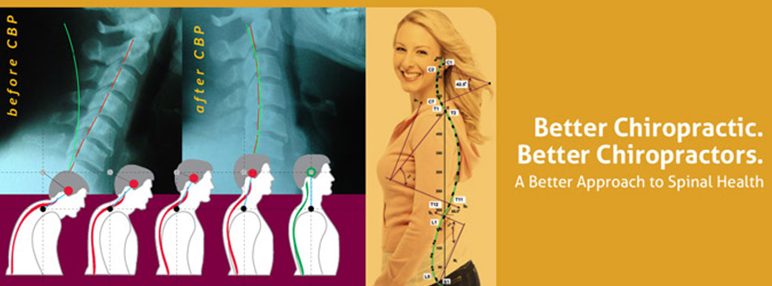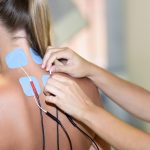It’s no question that children are being exposed to technology at younger and younger ages. With the ease of keeping your child’s favorite shows, movies and games on smart devices, it’s no longer uncommon to find children even as young as toddlers with iPhones and iPads in their hands. Although smart technology has solved many problems for families with young children, there are consequences that we need to be aware of.
One of the possible negative health effects of phone and tablet use in children comes from the position many of our kids sit in while looking at these devices. A common position our children choose to view their devices is with their neck flexed forward. Neck flexion is defined as bending the head forward towards the chest. This occurs when our kids hold their device down too low or in extreme cases place them on their laps while viewing.
Research has shown that prolonged neck flexion in children could significantly impact their spinal health and lead to pain and disability as they grow. Cervical Kyphosis is defined as a reversal in the neck curve and is known to cause increased incidences of musculoskeletal and neurological symptoms, decreased blood flow to the brain, decreased quality of life, and a myriad of functional disabilities like difficulty swallowing and or breathing.
At Wesley Chapel Spine and Sports Medicine, we believe in prevention and early detection of spinal deformities such as cervical kyphosis. In order to reduce the negative effects of smart device use it’s incredibly important to teach your kids proper and ideal postural habitsand ergonomics. Below are 3 tips you can share with your children to help prevent poor postural habits like prolonged neck flexion.
1. Hold your phone or tablet at eye level – holding your smart device at eye level will keep you out of neck flexion. This might be a tough habit to break but start to catch yourself anytime you bring your phone below eye level.
2.Take breaks – screen time should have time limits. It’s ideal to limit our children’s interaction with technology to an hour or less. At the end of every hour, it is recommended for kids to stretch and move around before getting back on their devices.
3. Encourage physical activity – exercise is key in order to help prevent poor posture from developing from the use of technology. Organized sports that help strengthen the upper back and shoulders should be encouraged if your children are interested. Activities like playing on the monkey bars, riding bikes, and hiking are also great activities to engage in.
If you are worried about your child’s postural habits while using their smart devices, the first step towards ensuring their spinal health will be finding a Chiropractic Biophysics (CBP) Chiropractor that will perform a comprehensive structuralanalysis and implement precise corrective methods. These doctors will use the latest methods of biomechanical analysis to measure and assess the severity of your posture and spinal alignment. If it is found that your child’s spine has been negatively impacted by postural habits like neck flexion, CBP Chiropractors will review the evidence-based methods that can be used to help manage and possibly correct your child’s imbalances.
At Wesley Chapel Spine and Sports Medicine every patient’s condition is unique and will be fully assessed by one of our Board-Certified Physicians before a customized treatment plan is recommended. For more information contact us today at (813) 994-0151 to begin your path to healing!
































